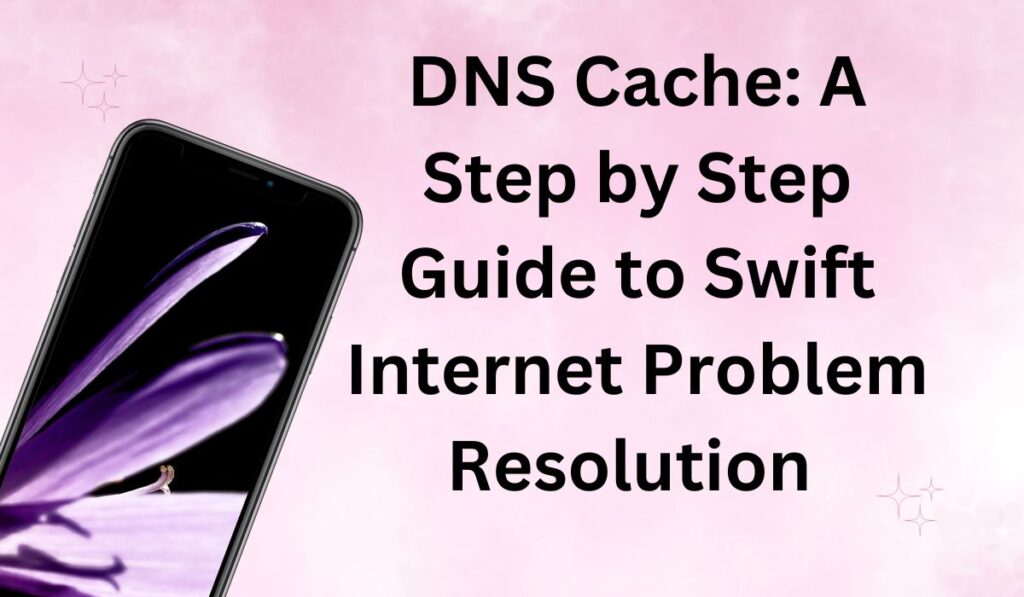Consider clearing the DNS cache on both your computer (whether it runs Windows or macOS) and your online browser, notably Google Chrome, if you’ve been experiencing annoying internet issues and have tried several fixes without result. This post offers you the direction you require if you’re unclear of the procedures to take!
What is net internals/ DNS?
You must use the ‘chrome.//net-internals/dns mobile‘ command in the URL bar to access the command to clear Google Chrome’s DNS cache. It’s crucial to comprehend the aim of the command and the relevance of each element before running it on your computer.
Net internals dns, also referred to as Net-internals, serves as a NetLog event stream visualizer. It allows you to observe real-time logs and load previously recorded NetLog dumps.
A NetLog dump is a log file that records the browser’s network-related events and status. This Chrome NetLog feature is invaluable for diagnosing and troubleshooting issues, particularly when encountering page loading or performance problems.
Does Google Chrome maintain a DNS cache?
As mentioned previously, Google Chrome includes an integrated DNS and proxy caching server. Clearing this cache can enhance browser performance by removing stored DNS entries.
Clearing the cache also updates the DNS records held within your web browser. Since Chrome can store up to 1,000 cache records per minute, clearing the cache can significantly improve performance.
Quick Tip:
To prevent congestion of caches and cookies in Chrome and maintain a backup, consider using the Opera One browser. Upon installation, Opera One prompts you to import stored data like bookmarks, passwords, and extensions.
Opera One, built on the same Chromium engine as Chrome, offers a more streamlined design and improved speed. Its ad blocker also safeguards against tracking and refrains from retaining unnecessary cookies and cached files.
In Chrome, how do I delete the DNS cache?
- Open the Chrome browser.
- The address field should be filled in with the following information before being entered:
- chrome//net-internals/dns
- For a fresh start, use the ‘Clear host cache’ option on the following screen. The cache in the browser will be purged if you do this. Please be advised that the cache will be deleted even if there won’t be a warning or message.
- Open your browser once again.
You might also need to delete socket pools in addition to the browser’s DNS cache.
- Enter the following address into the Chrome address bar and hit Enter.
- chrome://net-internals/sockets
- Click the ‘Flush socket pools’ button.
- Restart your browser.
This revised version provides clear step-by-step instructions for clearing both the cache and socket pools in the Chrome browser.
Conclusion
Utilizing the its feature in Google Chrome offers a straightforward solution for addressing website loading problems by clearing or flushing the DNS cache. This tool empowers you to inspect and purge the DNS cache, identifying and resolving any problematic records. By adhering to the instructions provided in this guide, you can effortlessly refresh the cache in Chrome, resulting in a faster and more seamless browsing experience.

